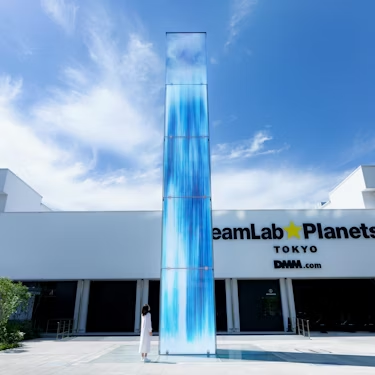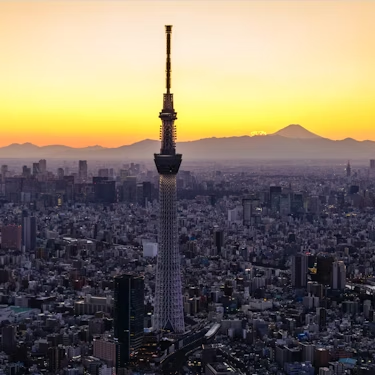More about: 10 Things to Do in Tokyo in November
If you are looking for things to see and do in Tokyo and you are traveling in November, I have good news for you: celebrations and festivals are the order of the day during this month. You will be able to see multiple dance performances, traditional festivals and observe particular customs that will delight you.
Also, the weather in November is ideal as it does not get too cold, even though the end of autumn is approaching. You can walk around Shinto shrines during the day, visit museums and gardens for free and much more. Would you like to live this experience?
1. See a taste of Yabusame at Meiji Jingu Shrine

The Yabusame trial is held during the first 3 days of November at Meiji Jingu Sh rine in Tokyo. It is a horseback archery, a very ancient military technique used by the samurai. Today this practice is a great spectacle that attracts many people, both locals and tourists who want to see the skills of archers who revive the traditions.
Going to the temple and witnessing this event is undoubtedly one of the ninja/samurai experiences you must have in Tokyo. Like many other Japanese practices, Yabusame is also a Shinto religious ritual. Its aim is to entertain the kami, i.e. the Shinto gods, in order to gain their favor.
During the ritual it is normal to pray for good harvests and it is believed that if the archer hits many targets, there will be a good harvest. Prayers are also made to obtain fertility, to pray for peace or to ward off bad things. If you go to this event, in addition to witnessing the prayers, you will see that the archers are dressed in traditional samurai attire and use special arrows that sound like a small whistle when they fly through the air.
Practical information
- Location: Meiji Jingu Shrine, in Shibuya, Tokyo.
- When to go: November 1-3.
- Price: free admission.
- Hours: open during the day.
2. Participate in the Bunkyo Chrysanthemum Festival

The Bunkyo Kiku Matsuri or Bunkyo Chrysanthemum Festival is a celebration held at the Yushima Tenmangu shrine in the Bunkyo district of Tokyo. The festival is held every year from November 1 to 23. Students, the main beneficiaries of this festival, come to the shrine to give offerings to Tenji, the deity of scholars and students.
The chrysanthemum is the plant symbol of the Japanese Imperial Family, so in this month it is used to decorate the temple. In addition, there is an exhibition of dolls decorated with these flowers. If you come to this sanctuary be prepared to take beautiful pictures where you can capture the beauty of all the flower arrangements.
If you like the idea, you can add this event in a photo tour in Tokyo, so you can have the best pictures with flower backgrounds. If you are a student, you can take advantage of the occasion to pray for your academic life to Tenji, as tradition dictates.
Practical information
- Location: Yushima Tenmangu shrine, Bunkyo district, Tokyo.
- When to go: November 1 to 23.
- Price: free admission.
- Hours: activities take place during the day, starting at 10 am.
3. Attend the Tori no Ichi fair in Asakusa
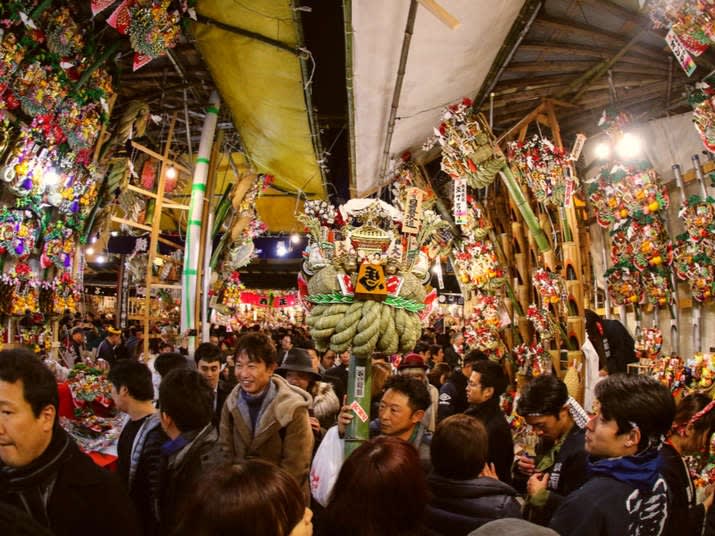
The Tori No Ichi Fair or Rooster Festival is a celebration held at various Buddhist temples and shrines throughout Japan. During this event, participants pray for business success, good luck and prosperity. You are interested in:
- In Tokyo you can go to this event at the Otorio shrine in the Asakusa district, and even take the opportunity to book a tour of Asakusa, or you also have the possibility to see it at the Chokoku temple.
- The specific days of the fair vary from year to year as it is governed by the ancient Chinese calendar, but fall in the current month of November, either in early or mid-November. Generally there are two or three days interspersed between weeks during this month.
This is an activity that you can include in your list of things to do at night in Tokyo or, for example, also book some pub crawl in Tokyo. The start of Rooster Day is marked at midnight with the sound of Japanese taiko drums. In addition, a market opens 24 hours in a row. According to the Chinese calendar there can be more than two Rooster Days in November. Depending on the day, the name of the market will change. The first day is called Ichi No Tori, the second Ni No Tori and the third San No Tori.
When you go to the fair I suggest you buy engi kumada or good luck rakes. These are talismans made of bamboo that attract good luck for whoever has them. You can also participate in the tradition of clapping. When the shopkeeper in a store shouts "I!", you, the buyer, should clap your hands together with the seller in the same rhythm. This little tradition is done to ask for prosperity, do you dare to ask for prosperity in this fair?
Practical information
- Location: Asakusa Otorio Shrine and Chokoku Temple, Tokyo.
- When to go: during the month of November. The exact date depends on the Chinese calendar. Usually two or three separate days.
- Price: free admission.
- Schedule: The Rooster Day(s) start at midnight and last for 24 hours.
Traveller Tip
If you do not know the area it can be difficult to find your way around during the night, so I recommend staying near the site where the event takes place if you want to attend this fair from the beginning, that is, at midnight.
4. Enjoy the Autumn Leaves Festival of Mount Takao
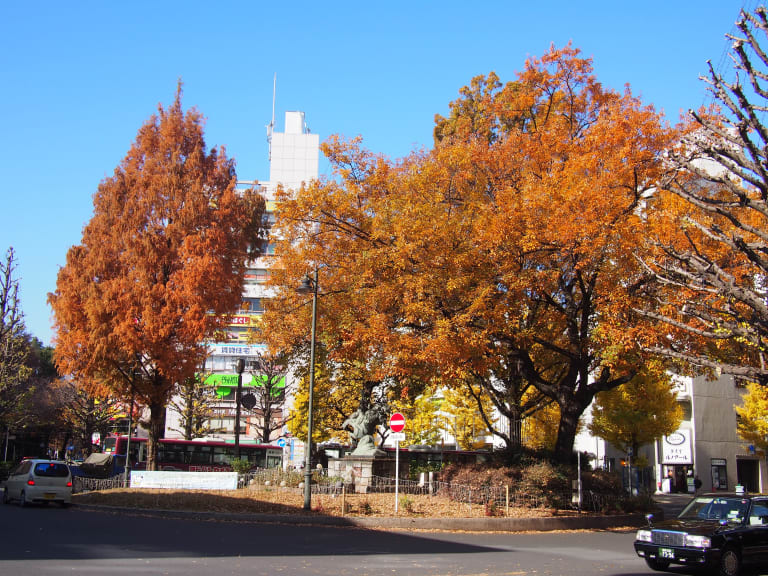
From November 2 and throughout the month, the Autumn Leaves Festival is held at Mount Takao which is organized by the Hachiōji Convention and Visitors Association, a city in Tokyo where this event takes place. You can participate in this celebration without paying tickets. I recommend you to go if you like the mountain atmosphere and want to see colorful cultural manifestations that welcome autumn.
This festival takes place on weekends and features concerts and taiko drum performances. If you like typical Japanese dances, this festival is ideal as you will be able to see yosakoi dance performances. These events are held in the square next to Kiyotaki Station.
If you want to eat a typical dish of this celebration, I recommend you to buy a sake served in traditional wooden boxes. If you like this food, I recommend you to take a gastronomic tour in Tokyo to taste all the flavors of this great metropolis. Do you dare to live this experience?
Practical information
- Location: Mount Takao in the city of Hachiōji, Tokyo.
- When to go: from November 2 until the end of the month, every weekend.
- Price: free admission.
- Hours: activities are held during the day.
5. Participate in the Hachioji Ginkgo festival

The protagonists of the Hachioji Ginkgo Festival are the ginkgo trees. These trees were planted in the Showa era and protect the city on the Koshu roadside of Hachioji. There are about 770 trees stretching 4 kilometers from Oiwakecho in Hachioji to Takao Station. In autumn the leaves of these trees are dyed a beautiful yellow color that delights the eyes of all passers-by. Would you like to see them live? Come and join this festival!
One of the customs of this celebration is to take a block of wood known as tsuko tegata. This object was used as a travel permit or passport during the Edo period in Japan. The tradition in this festival is to go through the 12 old checkpoints with this old passport that you can buy in one of the festival stores.
Another activity that I recommend you in this celebration is to walk around the bazaar and taste the typical food of this town. I also invite you to see the parades that exhibit classic cars from the Showa period. Undoubtedly in this festival you will live a trip to Japan's past, do you like the idea?
Practical information
- Location: Hachiōji city, on Koshu Road, Tokyo.
- When to go: during November, every weekend.
- Price: free admission.
- Hours: Activities take place during the day.
6. Be dazzled by the illumination of Rikugien Gardens

If you are in Tokyo until the end of November you can take the opportunity to see the Rikugien Garden Illumination. This light show lasts until December 12. To see it you can go at dusk and stay in the gardens until 9 pm.
Get your camera ready to take the best pictures in the light of the park. The spectacle reveals the beautiful colors of autumn. Thanks to the night light you will also be able to see the reflection of the trees in the main garden pond. Feel like in a fairy tale as you walk along the illuminated paths of this beautiful site.
As a curious fact, the name Rikugien refers to the six elements present in traditional Japanese poetry. Inside the garden you will find several references to waka poems. If you want to know more details, I recommend you to choose a private tour in Tokyo that includes a visit to this garden.
Besides strolling around, you can also enjoy a matcha green tea in one of the tea houses. These are Fukiage Chaya, Takimi no Chaya or Tsutsuji Chaya. Each is located in different parts of the garden so you can easily reach them.
Practical information
- Location: Rikugien Gardens, residential district of Bunkyo-ku, Tokyo.
- When to go: from late November to December 12.
- Price: free admission.
- Hours: during the day.
7. Don't miss the Fujiwara Autumn Festival

The Aki No Fujiwara Matsuri or Fujiwara Autumn Festival is a celebration held in Hiraizumi, Iwate prefecture, 3 hours from Tokyo city. This is one of the things you can see in Tokyo if you stay for 7 days, since with more time you can explore the surroundings of the capital of Japan. You can also take the opportunity to learn about the gold culture for which Hiraizumi is popular.
On November 1, a tribute to the Fujiwara clan is held. There are also traditional dances known as kagura and parades of children dressed in traditional kimonos. On November 2, it is time for the chrysanthemum memorial service. In this activity, participants exchange a chrysanthemum flower for one that has been blessed.
You can also add this celebration to your list of things to do in Tokyo in autumn, as one of the activities is precisely the Ennen no Mai rites, a dance to ask for longevity that is performed in this season of the year. Finally, on the third day it will be a perfect opportunity for you to see local artistic performances such as the Noh theater, where the use of masks is common.
Practical information
- Location: Hiraizumi, Iwate prefecture, 3 hours from Tokyo. I recommend going and returning the same day traveling by bullet train, where you can also take interesting tours.
- When to go: from November 1 to 3
- Price: free admission.
- Hours: activities take place during the day, starting at 10 am.
8. Visit the Tokyo National Museum on the Culture Day.

Bunka no hi or Culture Day is a holiday throughout Japan celebrated every year on November 3. The purpose of this day is to promote culture, academic environment and art. If you travel to Tokyo during this time I recommend visiting the Tokyo National Museum. Why? Well, because you can visit this and other museums without paying admission, since it is a day of national celebration, cultural activities are promoted.
During the Culture Day you will find different art exhibitions and activities in which you can participate, many of them inside the Tokyo National Museum. Its collection has more than 110 thousand works of art, but I suggest that, in the framework of the Culture Day, do not miss the Honkan, which is the Japanese gallery of the museum.
In this place you can see a small part of the Japanese imperial history, because in the past on this date was celebrated the birthday of Emperor Meiji, and after many years the celebration was changed to the Culture Day.
9. Observe the customs of the Rite of Shichi-go-san
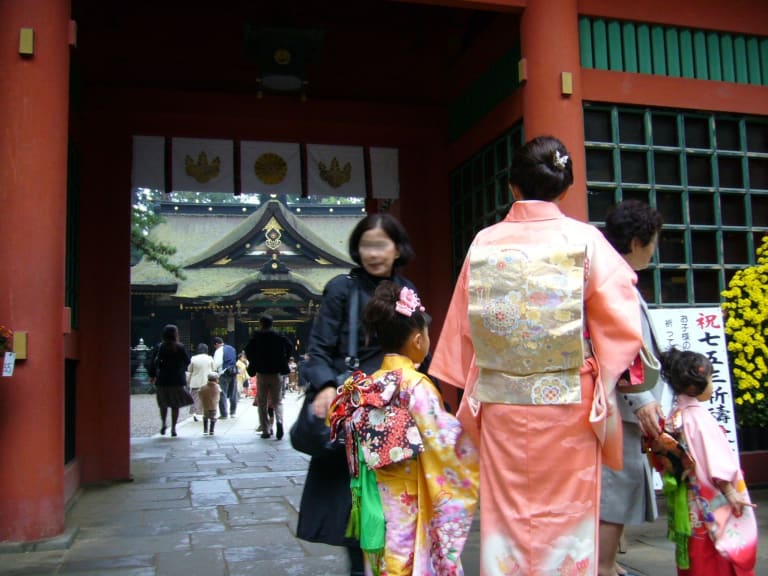
The Shichi-go-san Festival, which means "seven, five and three", is an event held every year on November 15 throughout Japan. It is a celebration in which children from 3 and 5 years old and girls from 3 and 7 years old participate. It is the most important Shinto event of the month, praying for the health of the youngest members of the household and celebrating their growth.
Part of the custom of this ritual is for parents to take their children to local Shinto shrines. The children for the first time wear traditional Japanese clothing, with beautiful kimonos for girls and for boys, haori jackets and hakama pants. At the shrine parents must pay the Shinto monk for the prayer ceremony.
Some recommendations:
- I recommend visiting the Hie Jinja shrine, located in the Akasaka district of Tokyo. Although the celebration itself is on November 15, it is normal that during this month you will see children dressed in traditional costumes visiting this and other temples.
- I also recommend you to buy a candy called chitoseame which means "longevity candy". Children eat this candy which is sold in a bag decorated with drawings of cranes and turtles that also symbolizes a long and prosperous life. It can be found in the stores located around the temples.
Practical information
- Location: Hie Jinja shrine, located in the Akasaka district of Tokyo.
- When to go: November 15.
- Price: free admission.
- Hours: during the day.
10. Celebrate DREAM Yosakoi

During the first weekend of November, the Dream Yosakoi Festival is celebrated in Tokyo. I recommend you to go to this festival if you like traditional dances because during this celebration yosakoi dances are performed. Around 800 teams and approximately 6 thousand dancers participate in this show. What are you waiting for to see this incredible show?
This festival originated in Kochi prefecture in 1954 to activate the economy of the region after the war. Although this festival is now organized in various parts of the country, the biggest event of all is held in Tokyo. The dances have the particularity of being noisy and very energetic. Each dancer holds a bird's bell, called a naruko, in each hand.
To see it you can go to one of the five stages located on the island of Odaiba, Tokyo. Most of these stages are located near the Fuji TV building. Dances are also performed in front of the old Tokyo Station building and are open to the public.
Practical information
- Location: Odaiba Island, Tokyo.
- When to go: first weekend in November.
- Price: free admission.
- Hours: during the day.
What is the November weather like in Tokyo?

November is a special month to travel to Tokyo as after the summer the temperatures drop just enough without being too cold. Because of this, a lot of festivals and outdoor celebrations are held.
Temperatures range from 5°C on the coldest day to 22°C on the hottest day, although the average is usually around 10°C. The day also has about nine hours of sunshine and very little rainfall. Cloud cover gradually decreases during the month, so you can expect to see clear, sunny days.
What is the tourist flow like in Tokyo in November and what are the prices like?

November is one of the most recommended months to visit Tokyo. This is due to the good weather inside the autumn and the amount of things you can do. However, you should be more cautious as there is a notorious tourist influx in the streets. There are many people who prefer to travel in November rather than in December and January, where the cold weather is more intense.
As there are more tourists, prices tend to rise. For example, a room in a 3-star hotel can have an average price of 140 €. That is why I recommend you to book as much as you can in advance to get good prices.
What to pack to visit Tokyo in November?
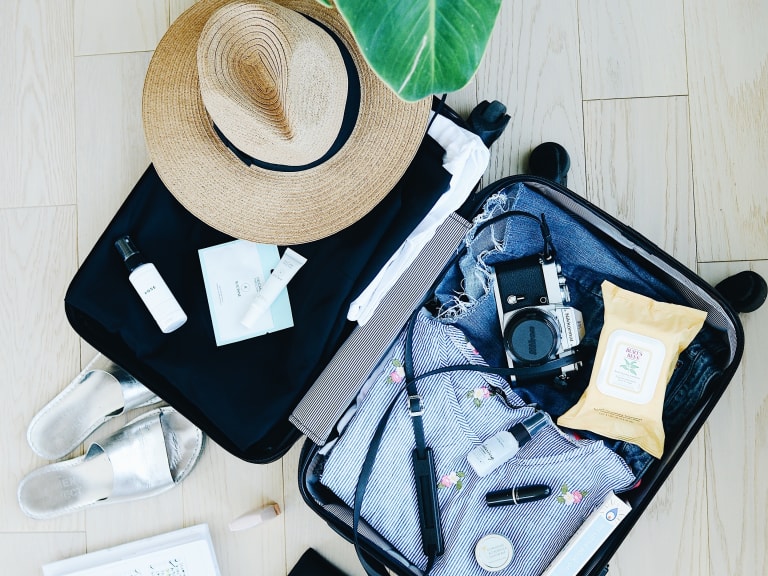
The weather in November, as I mentioned before, is neither too cold nor too hot. It can vary depending on the day, so I recommend that you take a few sweaters. In the cooler weather you can take light t-shirts or dresses. If you are traveling at the end of November and plan to stay the first days of December, I do recommend that you take a light coat.
You will probably be walking to visit shrines and other sites. That's why it's best to bring your sunscreen and avoid getting sunburned. It doesn't matter if it's cold: the sun still burns. It is also good to wear comfortable shoes, especially if you plan to climb mountains or visit parks and gardens. November is a cold month but full of things to do, so I recommend that you always focus on maximum comfort.


